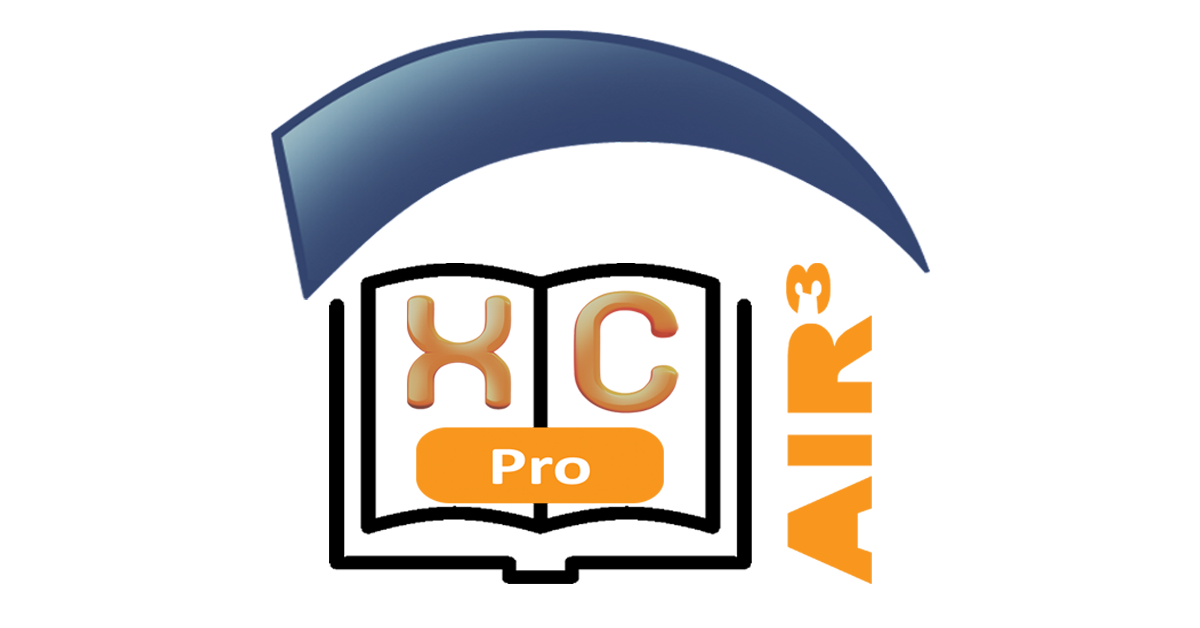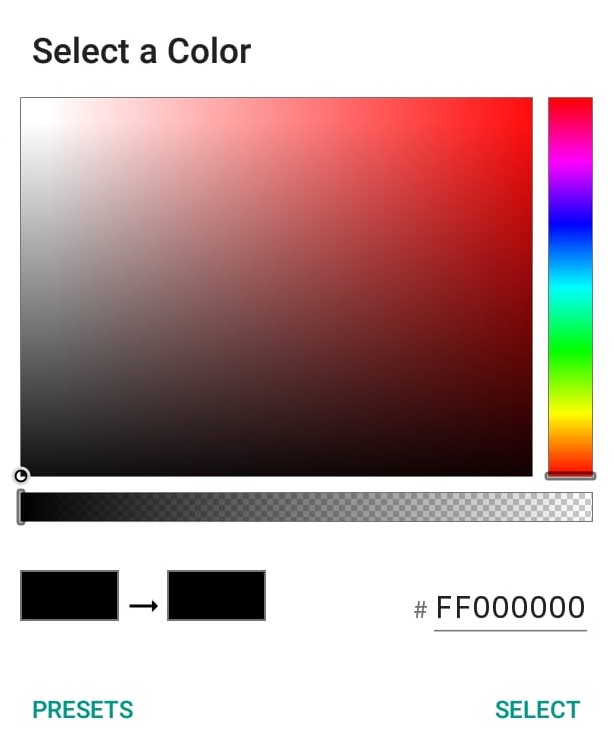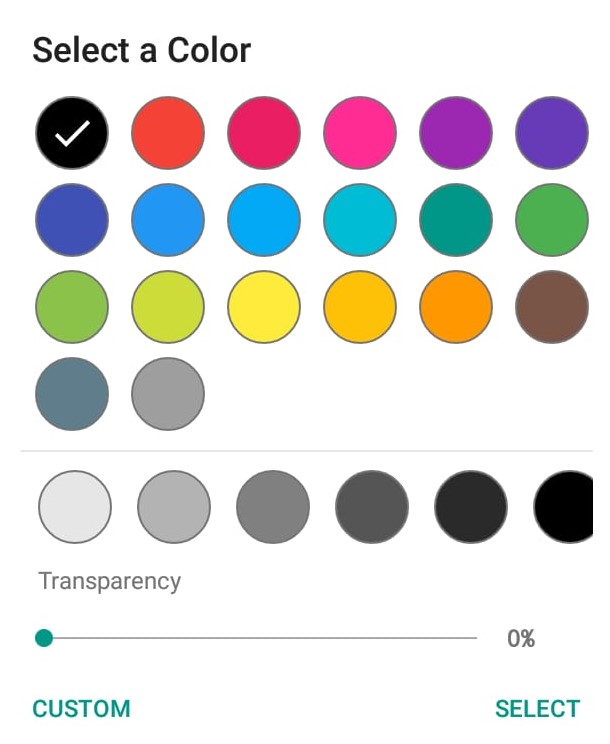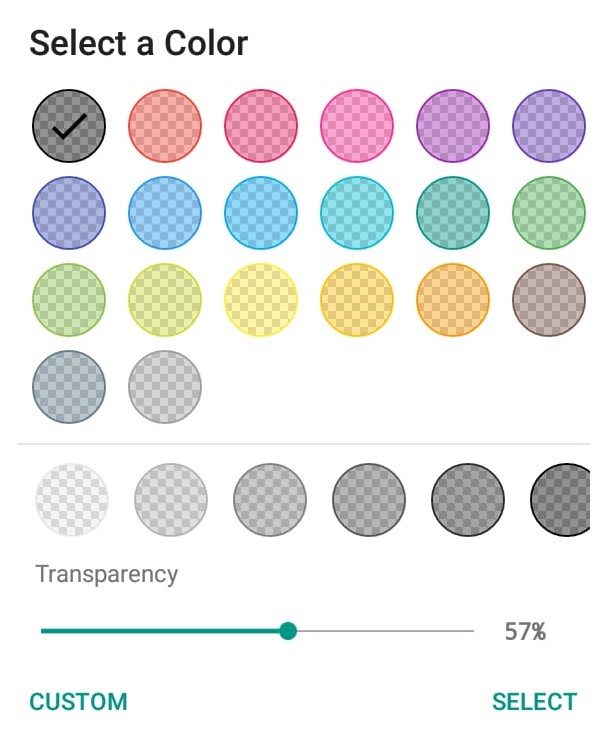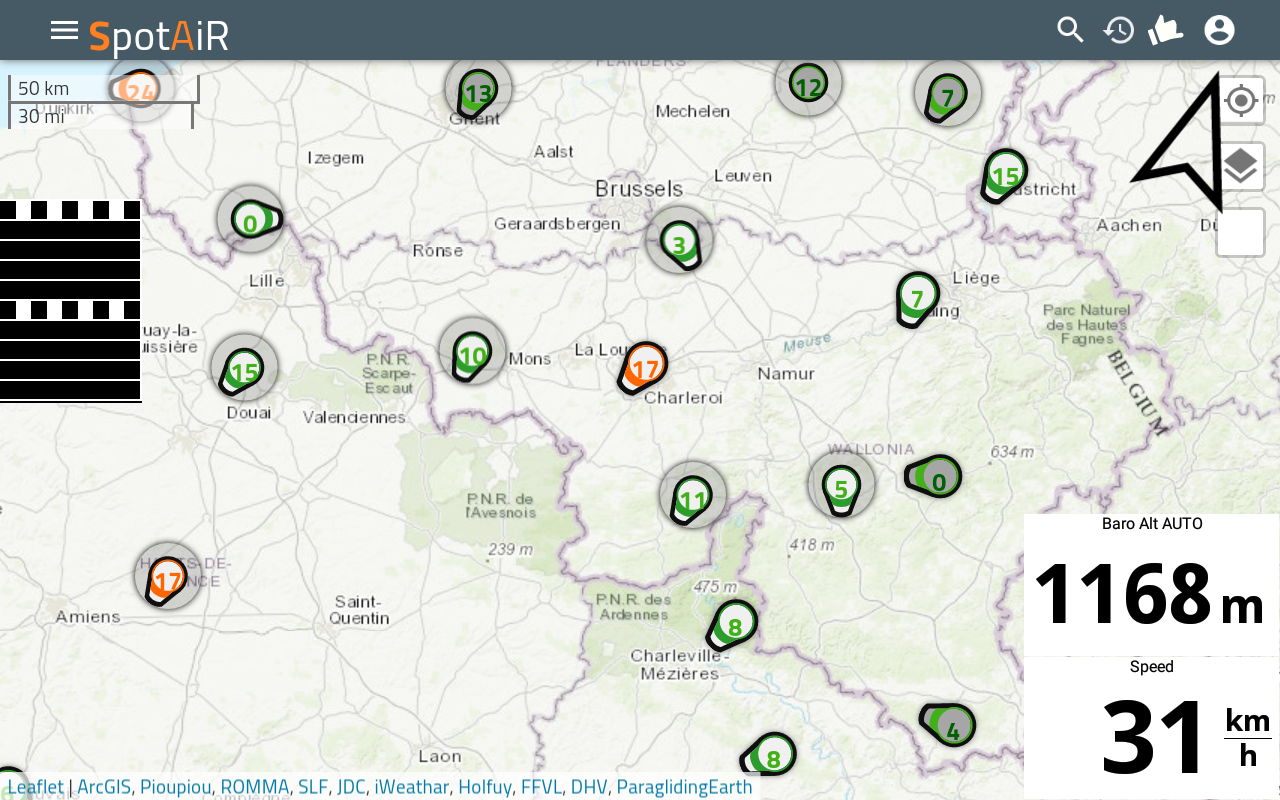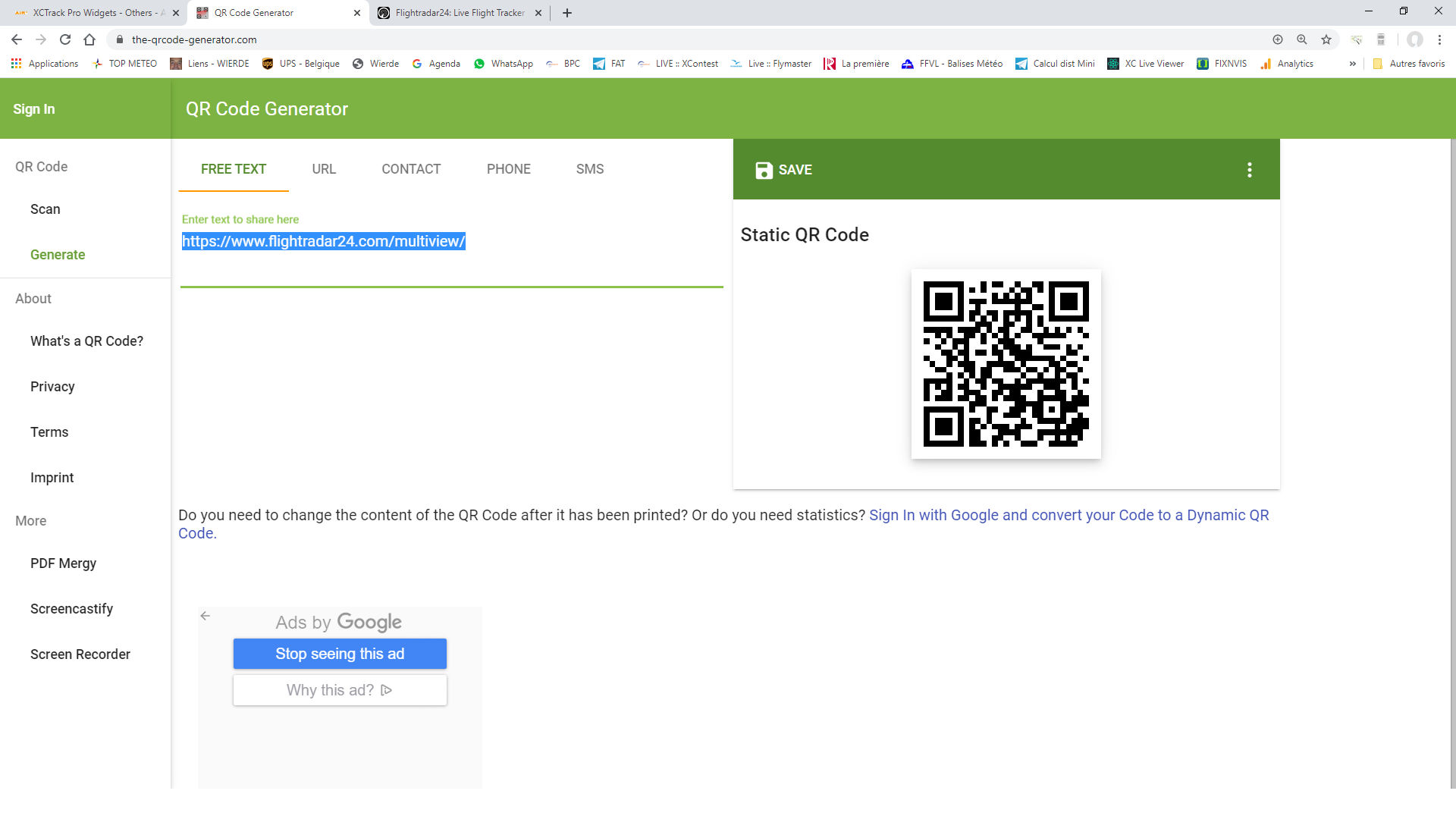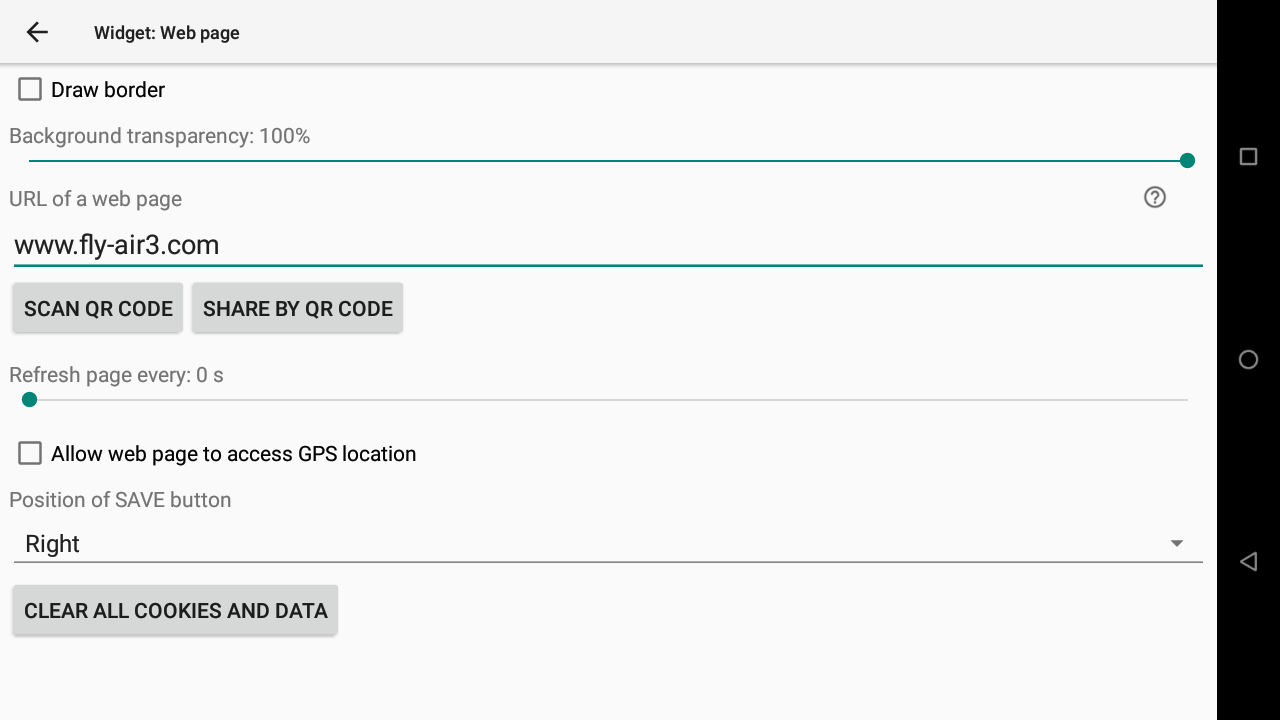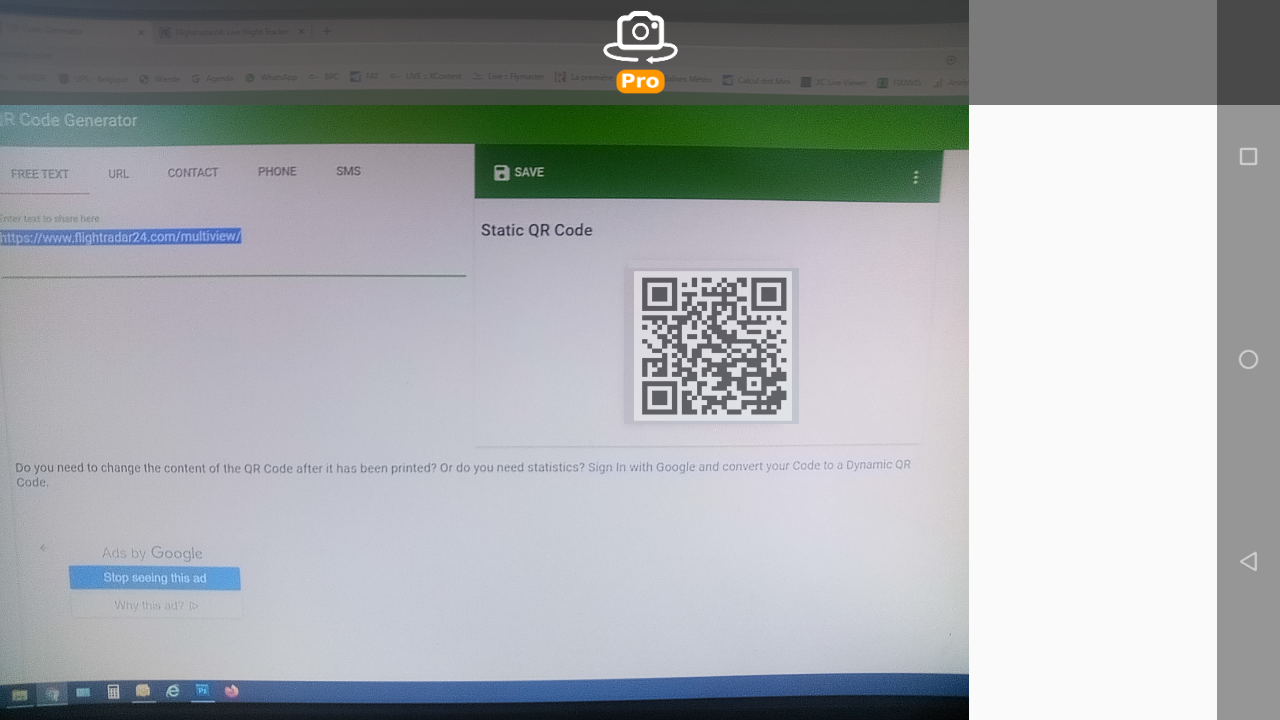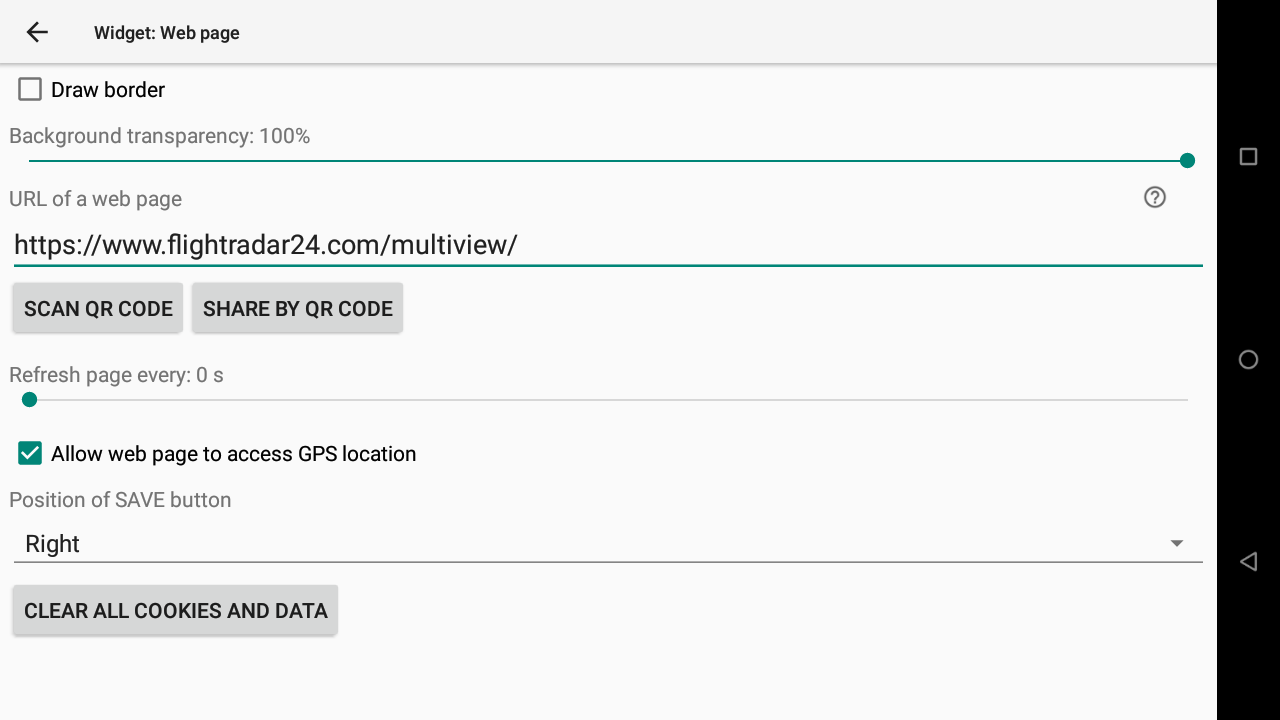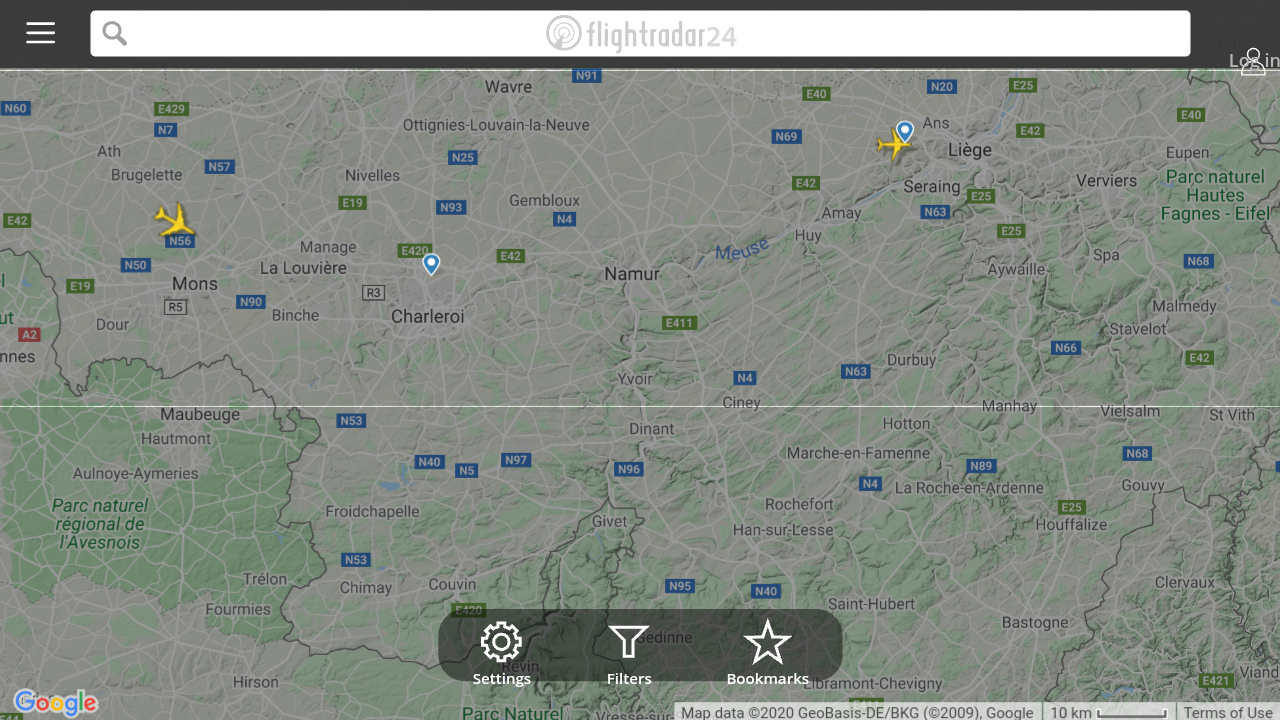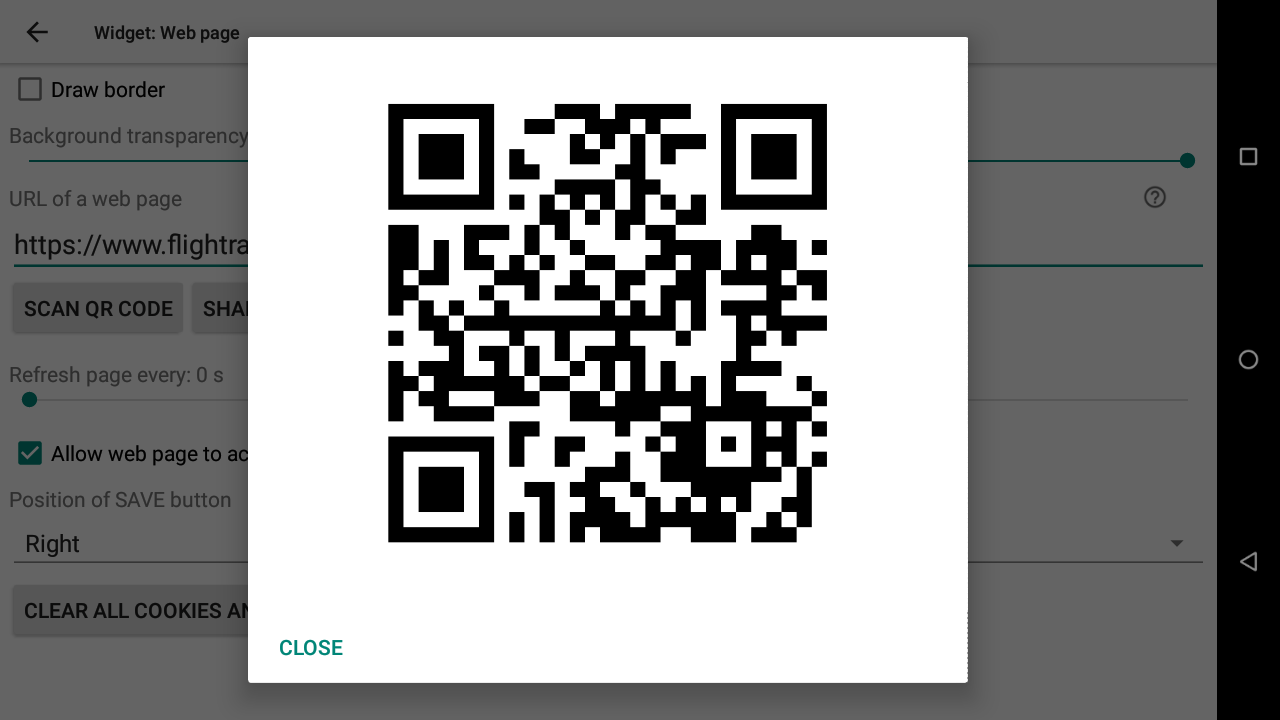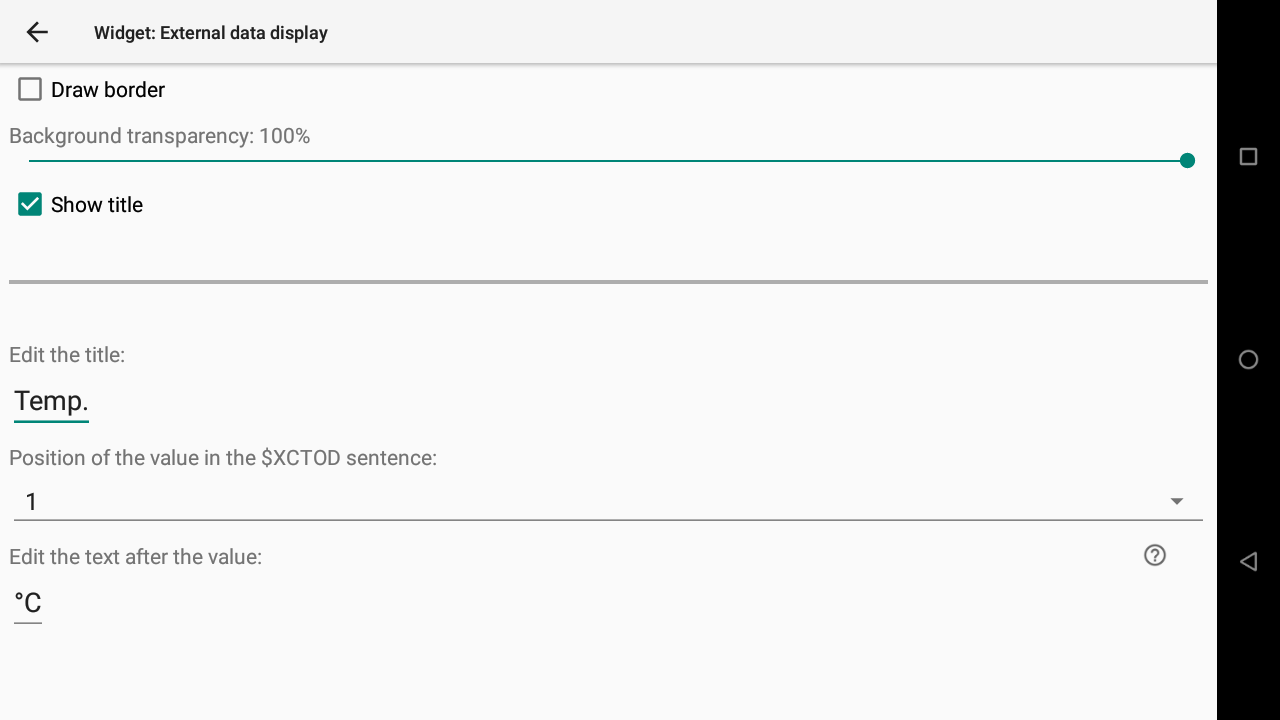This page gives details on the widgets that are in the “Others” subsection. They can be accessed by customizing the XCTrack Pro pages pre-installed on AIR³. Remember that your customisations will be lost if you reset XCTrack Pro interface with AIR³ Manager, if you change the profile (Kiss, Easy, Expert, Paramotor) or if you load a different configuration file ‘xcfg’.
Click on the + sign to read the details.
[accordion][spoiler title=”Free text” open=”yes” style=”default” icon=”plus” anchor=”” class=””]
Next section:
